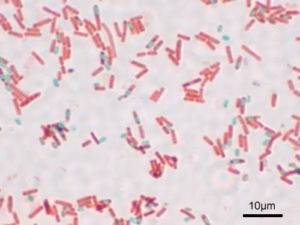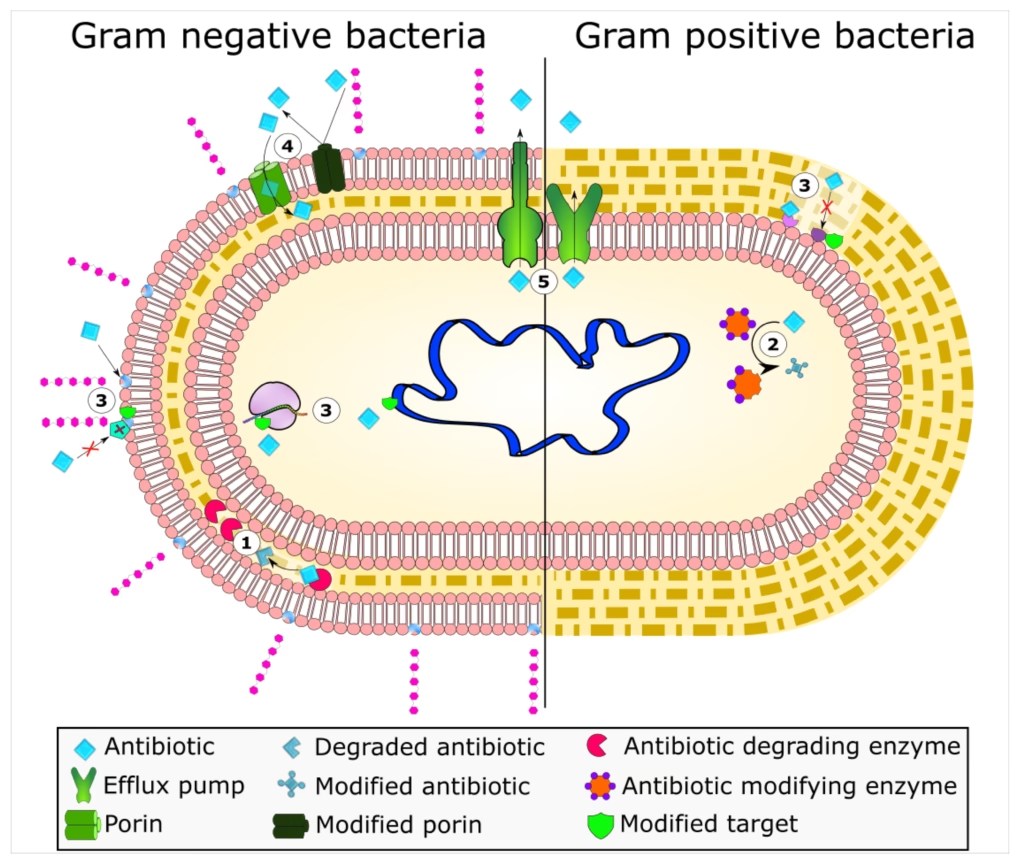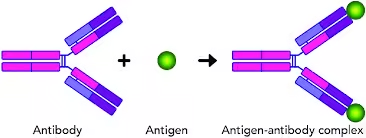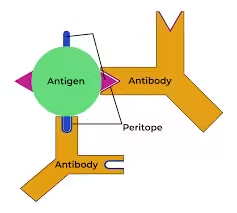
Introduction The principle of staining methods in the microbiology lab, like Gram staining, is a fundamental laboratory technique used to classify bacteria into two major groups: Gram-positive and Gram-negative. Developed by Hans Christian Read More …



